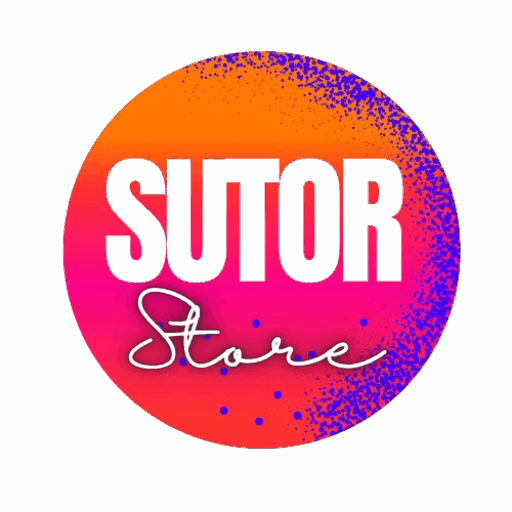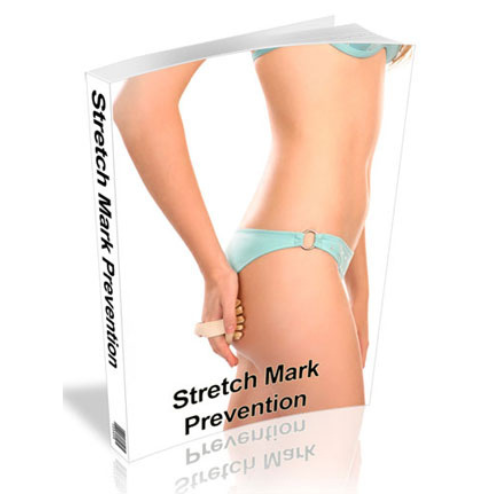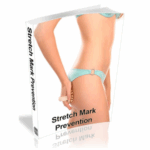What Is the Best Treatment for Stretch Marks? — Ultimate Guide
What is the best treatment for stretch marks? Stretch marks are a common skin concern that affects millions worldwide. Whether caused by pregnancy, weight fluctuations, rapid growth, or genetics, stretch marks can impact self-confidence and appearance. If you’re wondering what is the best treatment for stretch marks, this comprehensive guide covers everything you need to know—from causes, prevention, and most effective treatments to expert tips and FAQs.
Table of Contents
- What Are Stretch Marks?
- Causes of Stretch Marks
- Types and Stages of Stretch Marks
- Can Stretch Marks Be Prevented?
- What Is the Best Treatment for Stretch Marks?
- Topical Treatments
- Laser Therapy
- Microneedling
- Chemical Peels
- Microdermabrasion
- Radiofrequency Therapy
- Platelet-Rich Plasma (PRP)
- Home Remedies That Might Help
- Professional vs. At-Home Treatments
- How to Choose the Right Treatment for You
- FAQs About Stretch Marks and Their Treatment
- Related Articles
What Are Stretch Marks?
Stretch marks, medically known as striae distensae, are long, narrow streaks or lines that appear on the skin when it stretches or shrinks rapidly. This sudden change causes the collagen and elastin—the fibers that support skin elasticity—to rupture, leaving visible scars.
They often start as red or purple marks (striae rubra) and fade over time into white or silver lines (striae alba). Commonly affected areas include the abdomen, thighs, hips, breasts, upper arms, and lower back.
Causes of Stretch Marks
Understanding the causes helps tailor the best treatment strategy. Common causes include:
- Pregnancy: The skin stretches rapidly, especially on the belly.
- Rapid Weight Gain or Loss: Sudden changes in body size strain the skin.
- Growth Spurts: Teenagers may get stretch marks during puberty.
- Genetics: Family history can make you more prone.
- Corticosteroid Use: Prolonged topical or oral steroid use weakens skin.
- Medical Conditions: Rarely, conditions like Cushing’s syndrome.
Types and Stages of Stretch Marks
Stretch marks vary by appearance and age:
- Striae Rubra (Red Stretch Marks): Early stage, inflamed and vascularized. Easier to treat.
- Striae Alba (White Stretch Marks): Mature marks, less vascular, harder to treat.
- Striae Caerulea: Dark purple or bluish marks, usually in darker skin tones.
Treatment effectiveness often depends on the stage—early intervention tends to yield better results.
Can Stretch Marks Be Prevented?
Prevention is always better than cure. While genetics play a role, certain steps may reduce the risk:
- Maintain a healthy, stable weight.
- Hydrate your skin daily with moisturizers containing hyaluronic acid or cocoa butter.
- Eat a nutrient-rich diet to support skin health (vitamins C, E, zinc, and protein).
- Avoid prolonged use of corticosteroids unless prescribed.
- Gradually gain weight during pregnancy and avoid rapid growth spurts.
What Is the Best Treatment for Stretch Marks?
There is no one-size-fits-all treatment, but a combination of therapies tailored to your skin type, stretch mark age, and severity usually works best. Below are the most effective options:
1. Topical Treatments
Retinoids (Tretinoin):
- Derived from vitamin A, retinoids boost collagen production and skin turnover.
- Most effective on newer, red stretch marks.
- Should be avoided during pregnancy.
Hyaluronic Acid:
- Hydrates skin and can improve elasticity.
- Some studies show improvement in early stretch marks.
Centella Asiatica:
- A herb that promotes collagen synthesis and reduces inflammation.
Other Moisturizers:
- Cocoa butter, shea butter, almond oil are popular but have limited clinical evidence.
2. Laser Therapy
Laser treatments stimulate collagen and elastin production to reduce stretch mark visibility.
- Pulsed Dye Laser (PDL): Targets blood vessels in red stretch marks, reducing redness.
- Fractional CO2 Laser: Penetrates deeper, effective on mature white stretch marks by promoting skin remodeling.
- Excimer Laser: Stimulates pigment production to even out discoloration.
Laser therapy requires multiple sessions and may cause temporary redness or swelling.
3. Microneedling
Microneedling uses fine needles to create micro-injuries in the skin, triggering collagen production and skin repair. It improves texture and reduces the depth of stretch marks. This method is effective on older stretch marks and has minimal downtime.
4. Chemical Peels
Chemical peels use acids like glycolic acid to exfoliate the skin and stimulate new collagen growth. They are beneficial for mild to moderate stretch marks and improve skin texture and color.
5. Microdermabrasion
This involves mechanical exfoliation of the outer skin layers. It is less invasive and can enhance skin texture and color, but usually requires repeated treatments for noticeable results.
6. Radiofrequency Therapy
Radiofrequency devices heat the dermis to stimulate collagen and elastin production, improving skin tightness and reducing stretch marks.
7. Platelet-Rich Plasma (PRP)
PRP therapy uses your blood’s own platelets injected into the stretch mark areas to promote healing and collagen growth. It is often combined with microneedling for better results.
Home Remedies That Might Help
While professional treatments are more effective, some home remedies may improve the appearance of stretch marks:
- Aloe Vera: Known for soothing and healing skin.
- Coconut Oil: Moisturizes and may reduce inflammation.
- Sugar Scrubs: Exfoliate dead skin and promote circulation.
- Vitamin E Oil: Antioxidant that may aid skin repair.
These remedies typically offer mild improvements and work best for prevention or very early stretch marks.
Professional vs. At-Home Treatments
| Aspect | Professional Treatments | At-Home Treatments |
|---|---|---|
| Effectiveness | High, especially for older marks | Mild to moderate, best for early marks |
| Cost | Moderate to high | Low to moderate |
| Downtime | Possible redness, peeling | Minimal |
| Safety | Requires professional supervision | Generally safe, but some irritants possible |
| Number of Sessions | Multiple sessions often needed | Continuous, long-term use |
How to Choose the Right Treatment for You
- Evaluate Your Stretch Marks: Newer red marks respond better to topical treatments and lasers.
- Consult a Dermatologist: Get professional assessment and personalized plan.
- Consider Your Budget and Time: Some treatments require multiple sessions and cost more.
- Factor in Skin Type: Some treatments are better suited for certain skin tones.
- Avoid Treatments During Pregnancy: Many treatments aren’t safe for pregnant or breastfeeding women.
FAQs About Stretch Marks and Their Treatment
Q1: Can stretch marks completely disappear?
A: Stretch marks rarely disappear completely but treatments can significantly reduce their appearance, making them less noticeable.
Q2: Are stretch marks permanent?
A: Stretch marks are a form of scarring and typically permanent, but they fade and can be improved with treatment.
Q3: Is laser treatment safe for all skin types?
A: Most laser treatments are safe, but some lasers may cause pigmentation changes in darker skin tones. Consultation with a specialist is essential.
Q4: Can pregnant women use retinoids for stretch marks?
A: No, retinoids are not recommended during pregnancy due to potential risks to the fetus.
Q5: How long does it take to see results from treatments?
A: It varies by treatment; some show results in a few weeks, while others may take several months and multiple sessions.
Q6: Do natural remedies work?
A: Natural remedies can moisturize and improve skin health but generally don’t produce dramatic results for stretch marks.
Q7: Can exercise help reduce stretch marks?
A: Exercise improves skin tone and muscle but does not directly reduce stretch marks.
Q8: Are there any new treatments for stretch marks?
A: Emerging treatments like radiofrequency, PRP, and combination therapies show promise but require more research.
Related Articles
- Top 10 Natural Remedies for Stretch Marks That Actually Work
- Laser Therapy for Stretch Marks: What to Expect
- How to Prevent Stretch Marks During Pregnancy
- Microneedling for Skin Rejuvenation: Benefits and Risks
- Best Skincare Ingredients for Collagen Production
Conclusion
When it comes to the best treatment for stretch marks, the answer depends on your skin type, stretch mark age, and personal preferences. Early intervention with topical retinoids or laser therapy can produce excellent results, while microneedling and PRP offer promising outcomes for older marks. Combining professional treatments with good skincare habits and prevention strategies is the best way to manage and reduce stretch marks effectively.
If you’re considering treatment, it’s always wise to consult with a board-certified dermatologist who can tailor a treatment plan specific to your needs.




